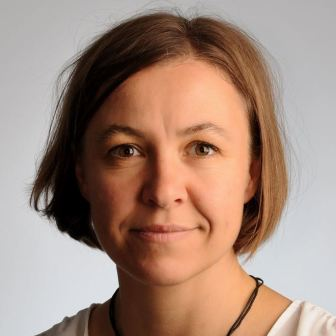Recent Advances in Remote Sensing of Soil Science
A special issue of Remote Sensing (ISSN 2072-4292). This special issue belongs to the section "Environmental Remote Sensing".
Deadline for manuscript submissions: closed (31 May 2025) | Viewed by 32393
Special Issue Editors
Interests: soil science; infrared spectroscopy; big data; remote sensing; artificial intelligence
Special Issues, Collections and Topics in MDPI journals
Interests: imaging spectroscopy with a focus on urban surface materials; spaceborne imaging spectroscopy missions; EnMAP; DESIS; earth observation for soil information; applied spectroscopy
Special Issues, Collections and Topics in MDPI journals
Interests: soil science; artificial intelligence; earth observation; large language models
Special Issues, Collections and Topics in MDPI journals
Special Issue Information
Dear Colleagues,
Soil is one of Earth's most vital resources, playing a crucial role in supporting terrestrial ecosystems and sustaining global food production. It serves as a habitat for numerous organisms, regulates water flow and quality, sequesters carbon, and provides essential nutrients for plant growth. Understanding soil properties, such as moisture content, texture, organic matter content, and nutrient availability, is essential for effective land management and sustainable agriculture. To protect Earth’s soil resources, new laws, such as the European Union’s soil mission, have highlighted the need for comprehensive soil protection strategies. Remote sensing (and the observation of Earth in general), when coupled with artificial intelligence and machine learning, offers a powerful tool to monitor and assess soil health and degradation on a large scale, enabling a detailed characterization of soil properties to take place across time and space.
The aim of this Special Issue is to highlight novel methodologies, workflows, and sensors that can be used to predict soil properties from remote sensing data (i.e., space- or airborne platforms) using digital soil mapping or artificial intelligence techniques. Methodologies may cover the entire scope of soil property mapping, from the generation of bare soil synthetic images from multi-temporal data (if applicable) to novel techniques on the final layer of the estimation process. Review papers comparing different methodologies are also welcome.
We invite researchers to contribute original research articles, reviews, and case studies focusing on the remote sensing of soil properties. Topics of interest include, but are not limited to:
- Soil property mapping from unmanned aerial vehicles or other airborne data and satellite imagery (such as data from the Copernicus space program);
- Monitoring of soil degradation and erosion using remote sensing;
- Development of novel remote-sensing-based soil monitoring frameworks;
- Assessing the impact of land use and management practices on soil health;
- Applications of remote sensing in reduced carbon footprint agriculture and soil fertility management.
The sensors employed may range from optical hyperspectral data to lidar, gamma radiometrics, novel new sensors, or a combination/fusion thereof.
Dr. Nikolaos L. Tsakiridis
Dr. Uta Heiden
Dr. Nikolaos Tziolas
Guest Editors
Manuscript Submission Information
Manuscripts should be submitted online at www.mdpi.com by registering and logging in to this website. Once you are registered, click here to go to the submission form. Manuscripts can be submitted until the deadline. All submissions that pass pre-check are peer-reviewed. Accepted papers will be published continuously in the journal (as soon as accepted) and will be listed together on the special issue website. Research articles, review articles as well as short communications are invited. For planned papers, a title and short abstract (about 100 words) can be sent to the Editorial Office for announcement on this website.
Submitted manuscripts should not have been published previously, nor be under consideration for publication elsewhere (except conference proceedings papers). All manuscripts are thoroughly refereed through a single-blind peer-review process. A guide for authors and other relevant information for submission of manuscripts is available on the Instructions for Authors page. Remote Sensing is an international peer-reviewed open access semimonthly journal published by MDPI.
Please visit the Instructions for Authors page before submitting a manuscript. The Article Processing Charge (APC) for publication in this open access journal is 2700 CHF (Swiss Francs). Submitted papers should be well formatted and use good English. Authors may use MDPI's English editing service prior to publication or during author revisions.
Keywords
- soil organic carbon
- artificial intelligence
- earth observation
- soil quality
- land degradation
- digital soil mapping
- machine learning
Benefits of Publishing in a Special Issue
- Ease of navigation: Grouping papers by topic helps scholars navigate broad scope journals more efficiently.
- Greater discoverability: Special Issues support the reach and impact of scientific research. Articles in Special Issues are more discoverable and cited more frequently.
- Expansion of research network: Special Issues facilitate connections among authors, fostering scientific collaborations.
- External promotion: Articles in Special Issues are often promoted through the journal's social media, increasing their visibility.
- Reprint: MDPI Books provides the opportunity to republish successful Special Issues in book format, both online and in print.
Further information on MDPI's Special Issue policies can be found here.







